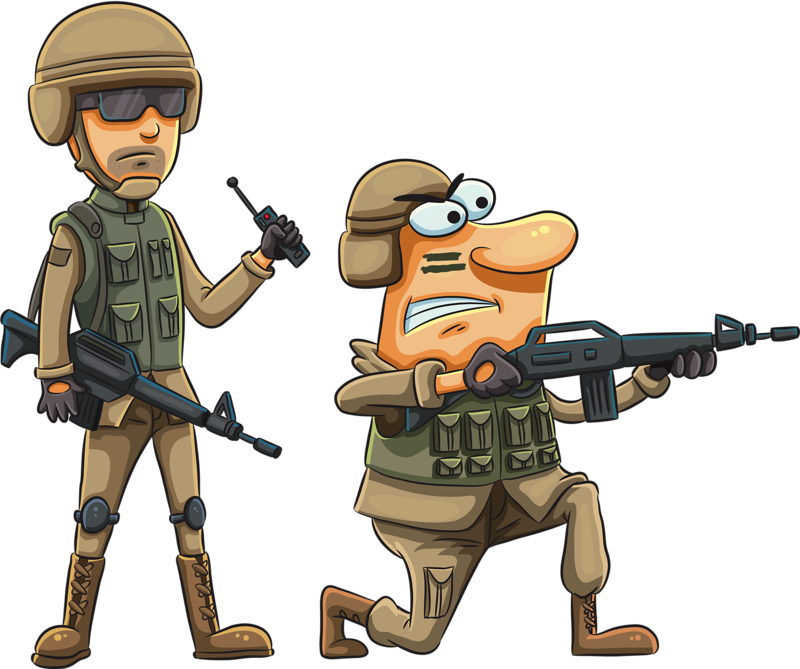The collection of Feldgendarmerie items represents a profound journey into the heart of military police history, encapsulating the essence of law enforcement within the armed forces across different eras, especially during World War II. Feldgendarmerie, or literally military police, played a pivotal role in maintaining discipline and military cohesion, often operating under challenging conditions behind the front lines and within occupied territories. Their history is marked by the execution of both standard law enforcement functions and military police type functions, including the enforcement of military law, maintenance of order among troops, and the supervision of large-scale troop movements. Collecting Feldgendarmerie artifacts not only preserves the tangible legacy of these units but also offers insight into the broader context of military police powers and their evolution through history.

The Role and Evolution of Military Police Powers Through History
The evolution of military police powers through history is a testament to the changing nature of warfare and the growing need for structured discipline within the armed forces. From the early days of arbitrary and brutal policing to the more organized and disciplined approach of modern military police units, the transformation has been significant. This progression reflects broader shifts in military strategy, the professionalization of the armed forces, and societal changes regarding the rule of law and human rights. For students or scholars looking to explore this topic further, especially through a critical lens, the essay writing service where you can buy argumentative essay at essayhub.com offers a platform to articulate well-researched positions. This evolution reflects the changing requirements of combat units moved forward and the necessity for a rear echelon personnel capable of maintaining order and security. Military police troops, including those of the Feldgendarmerie during World War II and other military police units, have been crucial in enforcing military law, ensuring the smooth operation of military justice systems, and facilitating the efficient movement and supply of combat units.
Feldgendarmerie: The Unique Position of Military Police Units in Armed Forces
The Feldgendarmerie held a unique position within the armed forces, operating as both a rural police force and a military unit with extensive police powers. Their duties extended beyond straightforward traffic control to include passport and identification law enforcement, population control, and even participation in mass deportation operations in conjunction with SS units. The Feldgendarmerie units were often seen as the Wehrmacht punishment units created to instill fear and maintain strict discipline among the troops. Their presence was a constant reminder to both ordinary soldiers deemed errant and the civilian population of the military authority’s reach. Despite their notorious reputation for arbitrary and brutal policing, the Feldgendarmerie were an essential component of the military police system, ensuring discipline and cohesion behind the lines and in occupied territories.
Key Artifacts and Collectibles of Feldgendarmerie History
Collecting Feldgendarmerie artifacts offers a tangible connection to the past, with key collectibles including the distinctive gorgets worn by personnel, various insignia, equipment used in their policing duties, and personal items belonging to Feldgendarmerie members. These artifacts, ranging from the Nazi Germany command pennant to the unique uniforms, badges, and vehicle-mounted armament, provide collectors and historians alike with a deeper understanding of the role and function of these units. Each item, whether it be a civilian police pistol issued to members or the addition cuff title indicating service within these units, tells a story of the complex duties these military police units undertook, from enforcing military discipline to participating in extermination operations, under the banner of maintaining order within the German army and the territories it occupied. Custom research papers from PaperWriter are particularly valuable for niche topics such as Feldgendarmerie Items Collecting. This service helps history enthusiasts and collectors create detailed research papers that explore the history, significance, and intricacies of collecting Feldgendarmerie memorabilia. PaperWriter ensures that each paper is meticulously researched and well-written, offering valuable insights into the historical context and cultural importance of these collectible items.

Understanding the Significance of Military Police Equipment and Insignia
The equipment and insignia of the Feldgendarmerie and other military police units hold significant historical value, offering insights into the organizational structure, hierarchy, and operational duties of these units. Military police equipment, often designed for both functionality and intimidation, included items such as handcuffs, batons, and firearms, which were essential for the enforcement of military law and the maintenance of discipline. Insignia, such as cuff titles, shoulder boards, and badges, served to identify the wearer’s role within the military police hierarchy, distinguishing between different ranks and functions. These items are not just collectibles but are symbols of the extensive police powers wielded by military police units and their crucial role in controlling rear areas, maintaining discipline among troops, and ensuring the security of military operations.

The Process of Collecting Feldgendarmerie and Military Police Memorabilia
Collecting Feldgendarmerie and military police memorabilia is a meticulous process that requires an understanding of the historical context, authenticity verification, and a deep appreciation for the artifacts’ significance. Collectors often start by focusing on a specific aspect of military police history, such as Feldgendarmerie units in World War II or the broader role of military police in armed forces order. The search for authentic items can lead collectors to military shows, auctions, and interactions with other collectors and historians. Each piece added to a collection, from a Feldgendarmerie gorget to an insignia from a military police school, deepens the collector’s connection to military history and the individuals who served within these units.
Preserving the Legacy: Conservation Techniques for Military Artifacts
The conservation of military artifacts, including those of the Feldgendarmerie and military police, is essential in preserving the legacy of these units. Conservation techniques can range from basic cleaning and proper storage to more advanced restoration processes, all aimed at preventing degradation and loss. Properly preserving these items ensures that future generations can understand and appreciate the complex roles played by military police units in maintaining discipline, enforcing military law, and performing a wide range of policing duties. Through careful preservation, collectors play a crucial role in keeping the history of military police units alive, allowing these artifacts to continue telling the stories of those who served behind the front lines and within occupied territories.
The Ethical Considerations in Collecting Military Police History
Collecting military police history, especially items related to units such as the Feldgendarmerie, involves navigating ethical considerations related to the provenance of items, the context of their use, and the respect owed to the Feldgendarmerie and military police history, is a responsibility that goes hand in hand with collecting. Proper preservation ensures that these artifacts retain their historical integrity for future generations. Conservation techniques for military artifacts involve careful cleaning, restoration, and storage. Collectors often work with experts in restoration to ensure that items are not damaged during the cleaning process. Additionally, storing these artifacts in controlled environments with stable temperature and humidity levels is essential to prevent deterioration over time.
